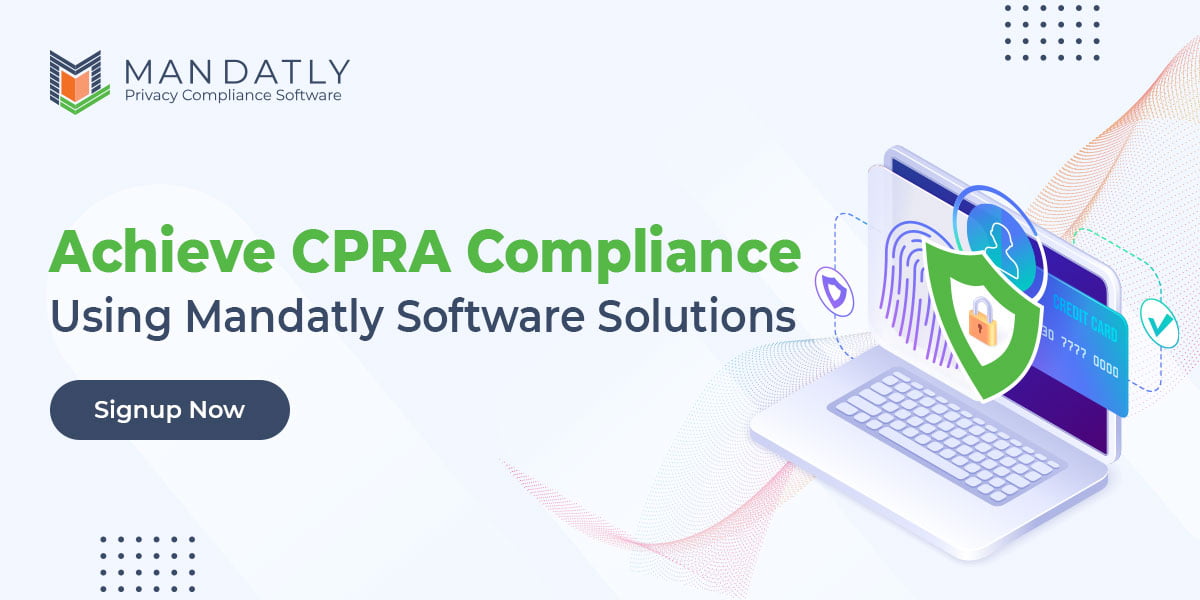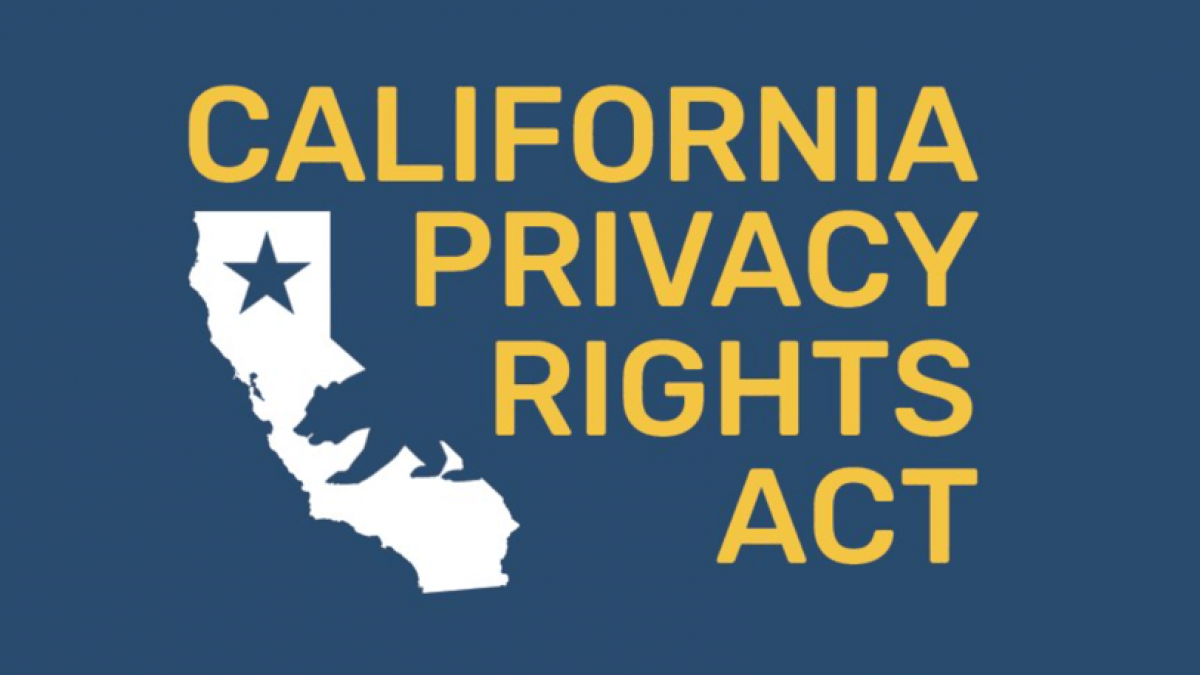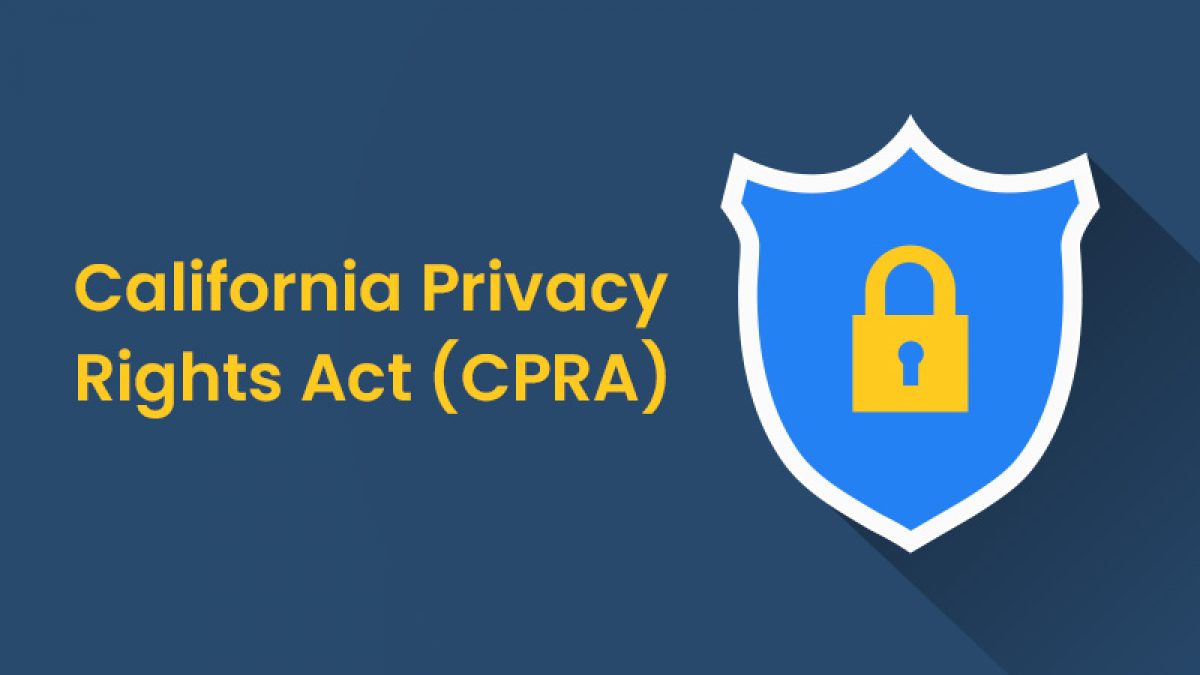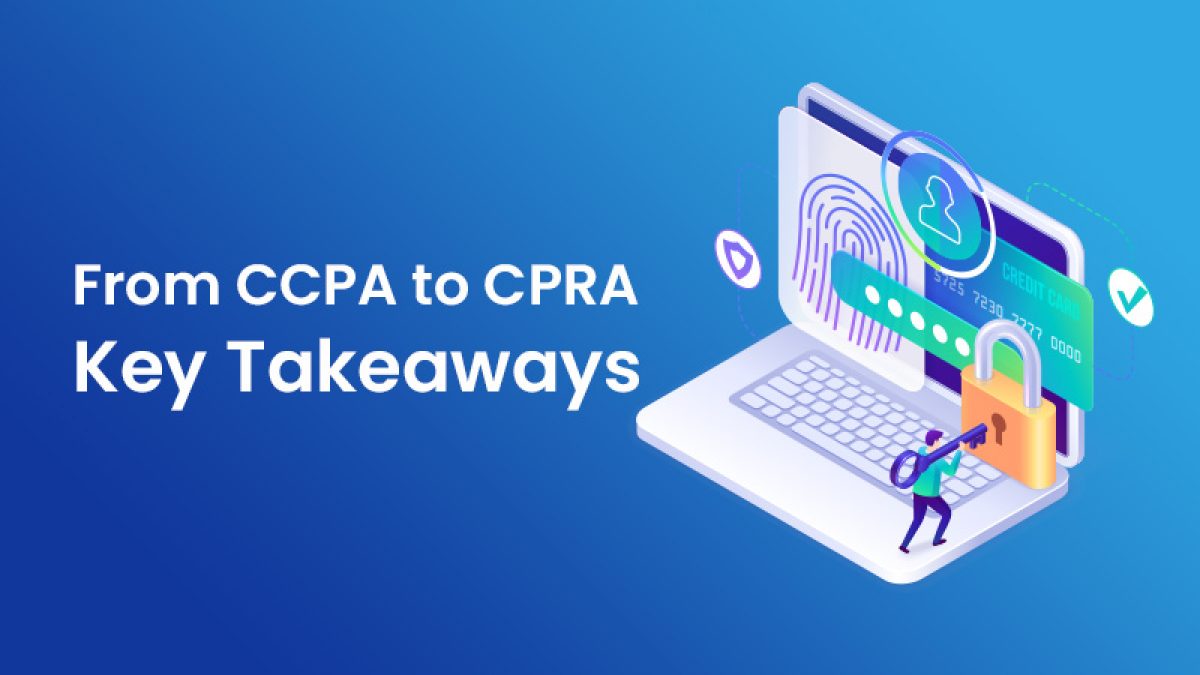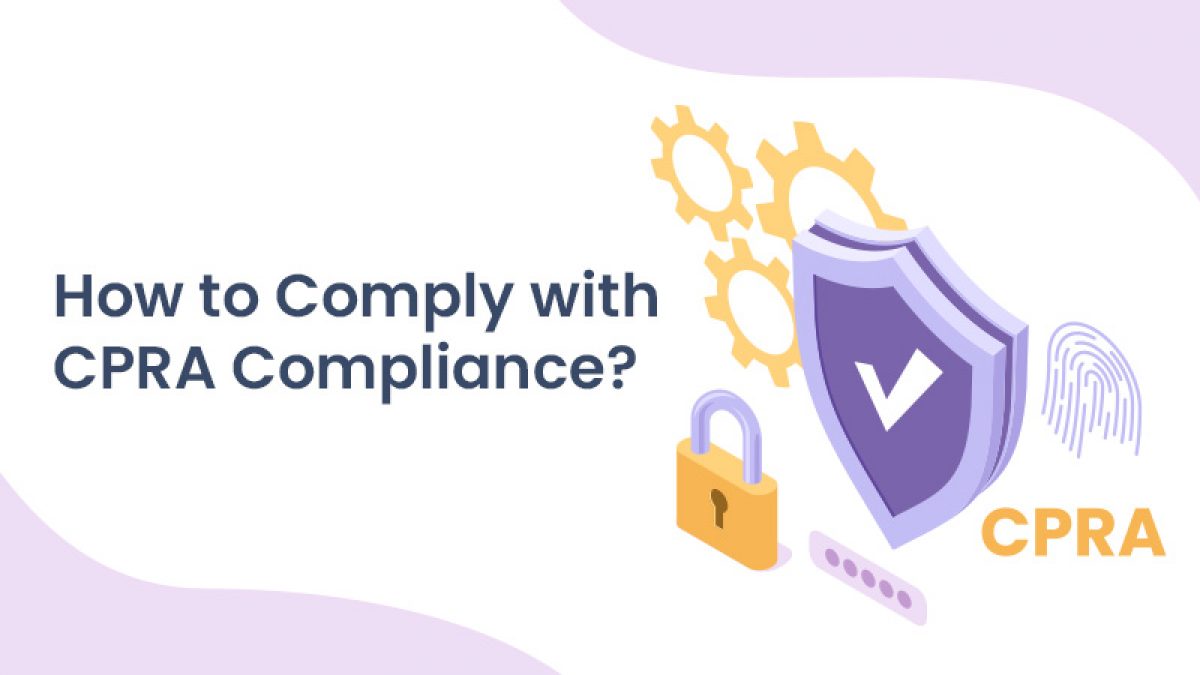A Guide to CPRA Opt-Out Strategies For Businesses
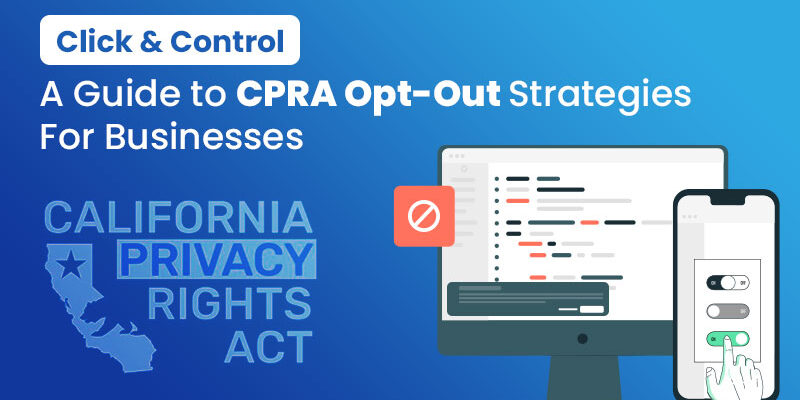
Learning CPRA Opt Out/Do Not Sell
In the ever-evolving landscape of data privacy, California leads the charge with robust regulations aimed at safeguarding consumer rights. This guide delves into strategies outlined by the California Consumer Privacy Act (CCPA) / California Privacy Rights Act (CPRA), providing practical examples for businesses to navigate the intricate terrain of user data protection. Complying with CPRA Opt-Out Requirements goes beyond simply offering an opt-out option; it necessitates honouring consumer requests promptly and effectively.
Methods for Providing CPRA Opt-Out Options
With the CPRA Do Not Sell in effect, marketers need to find creative ways to personalize customer experiences without relying on the sale of personal data.
Do Not Sell or Share My Personal Information Link
Businesses must provide a clear link on their homepage for users to opt out of the sale or sharing of their personal information. For instance, a website might have a prominent button saying “Opt-Out” that directs users to a page where they can make this choice.
Limit the Use of My Sensitive Personal Information
Similar to the first point, businesses need to provide a link to allow users to limit the use or disclosure of their sensitive personal information. This could involve a button saying “Manage Sensitive Information.
Single Link Option
Alternatively, businesses can use a single, clearly labeled link for both opting out of personal information sale/sharing and limiting sensitive information use, provided it is easily accessible.
Financial Incentive Notification
If the business charges for any product or service as a result of opting out, the terms of the financial incentive should be presented to the consumer.
CPRA Opt-Out Requirements & Preferences
While CPRA Opt-Out Requirements focus on data sales, they represent a broader shift towards consumer privacy rights, impacting how businesses manage all types of personal information.
Technical Specifications for Opt-Out Signal
Businesses can avoid the requirements as mentioned above in section “Methods for Providing CPRA Opt-Out Options” if consumers can opt out through technical specifications set in regulations. This might involve users setting preferences in their account settings or using browser extensions to indicate their preferences.
Consent Web Page
If a business allows users to ignore cpra opt-out signals, they must provide a consent web page. Users can consent to the business ignoring their opt-out preferences, but this consent should be easily revocable.
Providing a user-friendly consent web page is essential for businesses allowing users to ignore opt-out signals. This aligns with CCPA’s focus on user consent and ensures users can easily manage their choices, in line with CPRA’s call for user-centric controls.
Consent Web Page Requirements
The consent web page should seamlessly integrate with the user experience, maintaining a cohesive design while adhering to technical specifications. This mirrors CPRA’s emphasis on user-centric design for privacy controls.
Business Obligations
To comply with the CPRA Do Not Sell requirement, businesses must provide a clear and accessible mechanism for consumers to opt-out of the sale of their personal information.
Minimal Information for Opt-Out
Businesses should not require excessive information from consumers when they opt out. Only necessary details should be requested.
Privacy Policy Inclusion
Privacy policies should include information about consumer rights, links to opt-out pages, and details on how the business responds to opt-out signals.
Employee Training
Employees handling privacy inquiries should be aware of the requirements and guide consumers on how to exercise their rights.
Waiting Period After Opt-Out
Businesses must adhere to a waiting period of at least 12 months before selling or sharing information post user opt-out, demonstrating a commitment to privacy—an essential element of both regulations.
Protection for Minors
Special attention should be given to users under 16, with businesses refraining from selling or sharing their information for at least 12 months unless authorized by regulations or until the user turns 16—aligning with both CCPA and CPRA’s protection of minors.
Use of Information for Opt-Out Requests
Information collected during the opt-out process should be used solely to fulfill the user’s opt-out request, aligning with both CCPA/CPRA’s emphasis on respecting user preferences.
Homepage Exclusion
Businesses can streamline compliance with CPRA by maintaining a separate homepage dedicated to California consumers, including all necessary links and information, thus excluding the general homepage from these requirements.
Authorization by Another Person
A consumer can authorize someone else to opt-out or limit their information use on their behalf. CPRA Opt-Out Requirements empower California consumers, giving them greater control over their data and fostering trust with businesses that respect their privacy choices.
Communication of Opt-Out Request
Businesses should communicate opt-out requests to entities collecting personal information, specifying the purpose and restrictions. These entities must not sell or share the information and are limited in using or disclosing it.
Liability Protection
Businesses are not held liable for violations by entities they communicate CPRA opt-out requests to if they are not aware of the entity’s intent to violate regulations. Any contract attempting to waive this protection is void and unenforceable.
Conclusion
In essence, these strategies and examples provide businesses with a roadmap to not just comply with CCPA and CPRA but to go beyond and build a foundation of trust and transparency with their users. By empowering users with control over their personal information, businesses can foster a relationship built on respect, accountability, and user-centricity in the digital era of California privacy.
